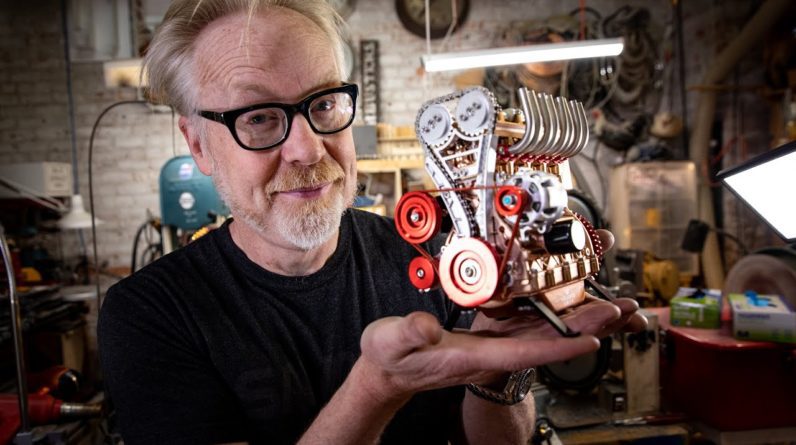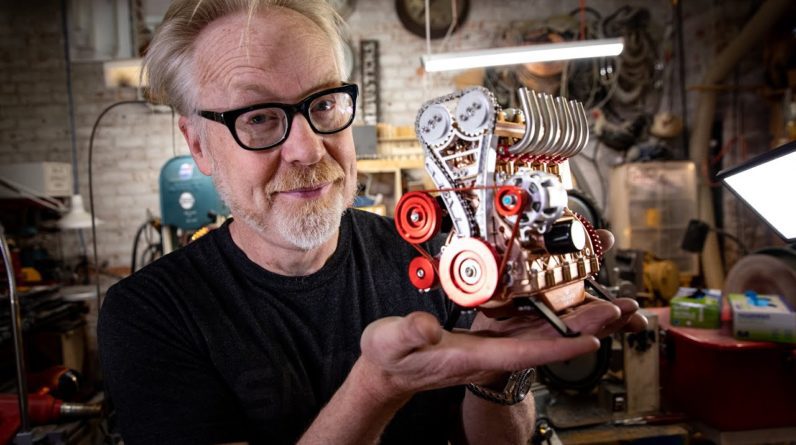what is going on my friends hank here from spruce and bruce scale modeling and today i'm going to demonstrate a really straightforward painting technique that's going to change the way you approach your figure work save you some time and give you a great finished product so if you're a scale military modeler looking to step up your figure painting skills then you are in the right place for this demonstration i'll be painting up this beautiful new 135 scale luftwaffe pilot figure from d-day miniatures studio more specifically this is over lieutenant franz stegler whose incredible true story was the focus of adam makos's best-selling novel a higher call this highly detailed likeness of steegler comes in just a few resin parts and can be easily assembled with a bit of super glue i've gone ahead and temporarily mounted the head and body separately on two diy painting jigs and with that we are ready to start painting now the first step of this technique is critical to how we're going to paint up the rest of our figure we're going to start off here with some black and white pre-shading to do that we're first going to spray an overall coat of vallejo black acrylic primer on our figure to give us a nice shadow coat to work with next we're going to create some artificial highlights by spraying a very light coat of ammo satin white from the top of the figure straight down the white is only going to hit the raised portions of the sculpt and help create some artificial shadows that we're going to build up from with our brush painting it's a super simple shading technique that's going to make a world of difference in our finished product now with all that done we're going to grab some german field gray and start brush painting our leather flight uniform we're going to thin down our paint here quite a bit with some water because the name of the game today is going to be glazing we'll use several very thin coats of paint to build up to the color we're looking for and since we're keeping the paint nice and thin it's going to allow a little bit of that shadow appreciating work that we just did to peek through this is going to save us a lot of time not having to brush paint those individual highlights and shadows and the thinner paint is going to look a lot more natural and smooth at the end of the day so the key here is to get a nice consistency of paint that's a little thicker than a wash we don't want the paint to pool in all the crevices but we do want it to flow nicely on the surface of the figure you can brush on a thin glaze let it dry for a moment and then repeat the process until you get a nice full color on your figure you can see that as we start to put on these thin layers our pre-shading work is still visible and gives us a great dynamic shadow on our figure another nice thing about glazing is that you can add some more subtle filter effects as you build up each layer i wanted to make my leather flight uniform look a little more worn so i added a bit of vallejo red leather to our existing field gray and added a single layer of that to our figure it doesn't completely obscure all of our nice gray paint work but it adds a little richness and worn effect to the original color after that's done we're going to hop on down to our flight boots and using some ammo flat black for figures we're going to apply this with the same technique brush on a light glaze let it dry for a moment and then repeat the process [Music] and while we've got our black out we're also just going to paint in the fur collar on our uniform as well as stigler's flight gloves i've also gone ahead and painted the collar of franz's uniform under his flight suit here with a bit of blue for a nice bit of contrast with all those pieces done we're going to move on to the color that's going to require the most patience for this particular figure we're going to glaze our inflatable life preserver with some zinc chromate yellow yellows are pretty notoriously difficult to work with especially in my experience but don't let that deter you we're going to use the same techniques here but you're probably going to need a lot more layers for adequate coverage if you find that a glaze is a little too thin like this yellow is pooling a bit in the nooks and crannies you can easily move it around a bit with your brush or pull off some of the excess before it dries no problem at all just another one of those beautiful things about this approach to figure work it's very user friendly just go slow let each layer dry completely and carry on i promise it's worth it [Music] now that we've gotten that lovely bit of yellow on there let's get into the fine details and paint up these parachute straps we're going to be using some vallejo khaki and we're going to get right after it there's a lot of material here so just work your way from the front to the back and make sure you paint all the straps worth noting here i've also switched to a slightly smaller brush to help me get a little more precise with my detail work it can be very helpful for control for little stuff like this [Music] once all those straps are painted up we can move on to the parachute itself [Music] super easy here we're just going to hit the whole thing with a coat of vallejo green gray [Music] and then we're going to come back and hit the rope details with some german camo beige once the parachute is complete you can grab some vallejo white aluminum and very very carefully paint in all of our snaps buttons buckles and the metal parachute components you name it now these details might seem a little stark at first but we're gonna dull these down quite a bit with weathering shortly so hang on and that is going to wrap up our uniform painting you'll notice the only thing i skipped was franz's hand and that's because we're going to move on to skin tones right now skin tones are going to go on in much the same way that we just did glazes glazes glazes i used to use a much thicker paint for my faces and i don't think i'll ever go back to that this technique just looks so much better and so much more realistic we're starting with the base tone of vallejo flat flesh to give us a nice canvas with some good coverage to build up from next i'm going to use our fine detail brush to fill in some vallejo medium flesh around the creases of his face the eye sockets the mouth and the areas of his forehead shattered by the brim of that crush cap after that we want to add a little color and life to that face so we're going to grab some brown rose and very carefully feather in a thin glaze on his cheeks mouth and eyelids to add a little warmth to our skin [Music] to help blend that all in we're going to follow it up with an overall glaze of salmon rose which is a little lighter and helps unify all the colors that we've laid down so far [Music] and once that's complete we're going to add some very small highlights with our basic skin tone just carefully hitting the most raised areas of the cheeks nose chin etc [Music] and of course we're going to bring that all home with some beige brown for his eyebrows and the tufts of hair that are visible beneath his hat [Music] with the skin complete we'll jump up to his officer's crush cap for the upper part of the hat we're going to start with some of that green gray we used on our parachute earlier and then we're going to block in the brim and band of the hat with some flat black don't forget to get the underside of the visor as well now i had to paint in these fine insignia details on the hat off camera because i had to get my face up nice and close so i could see what i was doing but these are all just the same vallejo white aluminum that we used for all of our uniform buttons and to wrap up our hat i came back with a light glaze of medium blue franz is a veteran ace pilot and i wanted the color of his hat to be a little more worn and weathered like it might have been a richer blue once and has faded over the years and that's going to wrap up all of our painting so to prepare for weathering we're going to spray a coat of ak interactive intermediate gauzy agent all over the head and body to act as a gloss varnish and protect our work so far what's really going to bring this figure to life is a nice pin wash just like you do on a tank or an aircraft model we're going to use a bit of ammo dark wash and let that run into all the recesses of our figure to really make those fine details pop if you'd like some more in-depth instruction on how i do my pinwash work i'll link to another one of my videos on the subject right here once the wash has dried completely we can spray our figure with a matte coat of ammo lucky varnish to knock down all that shininess and we're ready to move on to our final assembly we just need to clean up the excess glue on our head do a little test fit and mount the head with a tiny bit of super glue once that's done it's time to remove our figure from his mounting block and that is it my friends our very own over lieutenant franz steegler in beautiful detail thanks to the appreciating and glazing method i hope you guys got something out of this video and if you haven't done so already please be sure to subscribe right here to spruce and brew scale modeling for weekly scale modeling tips and tricks i'm also hosting a little virtual modeling contest right now running through the beginning of october it's open to everybody and we've got some fantastic prizes to give out including some really nice kits and even some artwork signed by world war ii vets if you're interested in learning more about the contest i will link to it right here in just a moment and until next time my friends be well happy building cheers







